- Assuming you mean a classic crystal oscillators (XOs) with a square wave output (either series or parallel mode).
When saturation occurs, the loop gain (GH or AB) drops to zero, except during the linear transition of the output. The crystal acts as a bandpass filter to produce a sine wave at the input which may also contain harmonics, but the slew rate of the square wave output is generally much faster than the sine wave input, so the harmonic energy has insufficient outline linear time to amplify when it is not saturated and the gain is zero, thus suppressed.
More information
- However in linear oscillators the harmonic content may contribute to phase noise, so those with the lowest phase noise have the highest Q at the fundamental, such as SC-cut crystals e.g. 10 MHz oven-controlled crystal oscillators (OCXOs) vs. standard AT cuts commonly used everywhere. That's all I'll say about this for now.
However, for smaller crystal structures >= 33 MHz resonance the gain of the harmonics tends to be higher than the fundamental. Thus you will find these classified as "overtone crystals".
For CMOS feedback oscillators, often a series R (3 kΩ ~ 10 kΩ) from the output is used to limited uW power dissipation in microslice crystals AND in high frequency >> 10 MHz also create additional attenuation of harmonics from the RC effects with the first load capacitor. The most common is third harmonic or "overtone", but higher overtones are used >> 150 MHz.
But when selective harmonics are desired for oscillation (3, 5, 7, etc.) then either how the crystal is processed or additional passive LC tuning helps to boost the harmonic of choice.
The most common warning for XO designs "Never use a buffered inverter" (three linear gain stages vs. one) to avoid amplification of spurious harmonics. When they saturate the inverter and the gain drops to zero, they suppress the fundamental frequency except for a short transition interval. They can behave like an injection locked loop (ILL) where it may randomly oscillate at the fundamental or harmonic depending relative gains and startup conditions. But with a buffered inverter there is more chance during the output transition time to cause spurious harmonic glitches on the transitions and lock onto harmonics.
However, those who successfully used a buffered inverter (myself included) for an XO can now understand that the type of crystal and relative lower gain of the harmonic protected the XO from locking onto the desired fundamental frequency. In some cases, this can be an advantage, but that's a different question.



